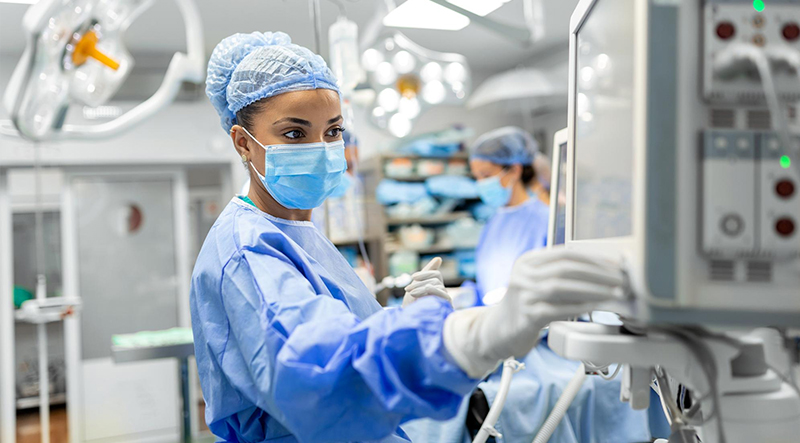
In surgical facilities, the reliability of medical equipment is crucial for ensuring patient safety and maintaining the quality of care. Routine biomedical inspections are not just a regulatory requirement but a critical practice that prevents equipment failure, ensures compliance, and promotes the best possible outcomes in patient care.
Equipment failures during surgery can be catastrophic. Imagine trying to use a Bovie, only to find that it doesn’t turn on, or worse, it sparks and causes a fire. Regular biomedical inspections prevent these scenarios by ensuring that all equipment is functioning as it should before it's used in patient care. This proactive approach minimizes risks and provides legal protection in case of equipment-related incidents. A documented history of inspections demonstrates that the facility has taken all necessary steps to maintain safe operations.
Accreditation bodies, such as QUAD A and The Joint Commission, require regular biomedical inspections for surgical facilities. These inspections are part of a comprehensive safety protocol and must include electrical systems like outlets, breakers, and fuse boxes. Compliance with these standards is crucial—not just for maintaining accreditation but for ensuring that all aspects of the surgical suite meet safety guidelines. Failure to comply can lead to fines, penalties, or the loss of accreditation, directly impacting the facility’s ability to operate. Inspectors will ask to look for biomedical equipment inspection reports during your accreditation survey as a means to satisfy standards pertaining to regular biomedical equipment inspections.
The quality of medical equipment directly impacts patient care. Without regular maintenance and inspections, equipment may not function safely or effectively. From anesthesia machines to ice machines, every piece of equipment involved in patient care must be regularly inspected. These checks ensure that all devices perform at their highest capacity, reducing the risk of harm to patients. After all, if you were the patient on the operating table, you'd want to be assured that all equipment was inspected and functioning correctly.
In addition to routine inspections, some equipment—like anesthesia machines—requires preventative maintenance by qualified technicians. This ensures all parts are functioning properly, software is up to date, and the machine is ready for safe use. Facilities should also require on-site inspections, even for equipment that comes with a manufacturer's report, as damage during transportation could impact functionality. Having a fully prepared surgical suite means that all equipment, large and small, has been inspected and certified as safe and operational.
Regular biomedical inspections are not merely a box to check for compliance—they are a critical component of maintaining patient safety, ensuring smooth operations, and protecting the facility from legal risks. By conducting thorough, routine inspections, surgical facilities can ensure that their equipment is always in optimal condition, ready to provide the highest quality care.